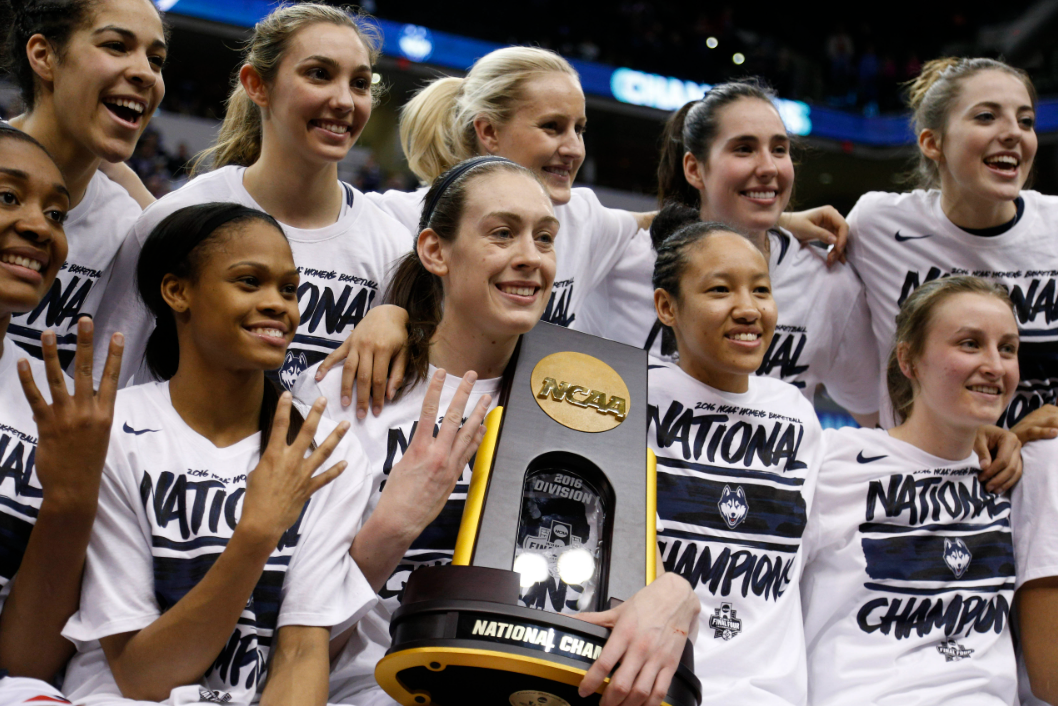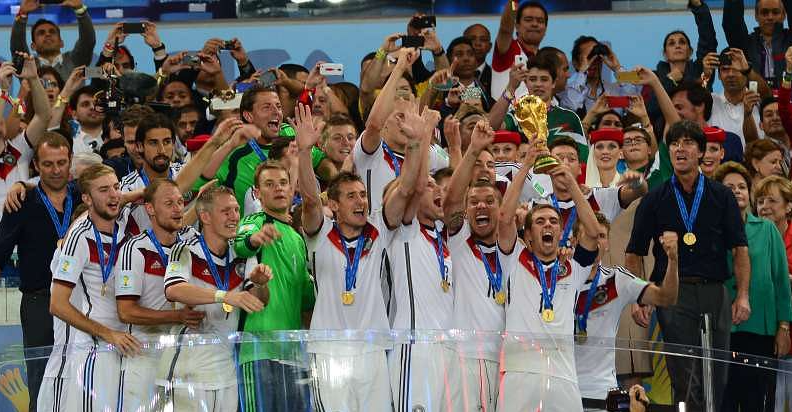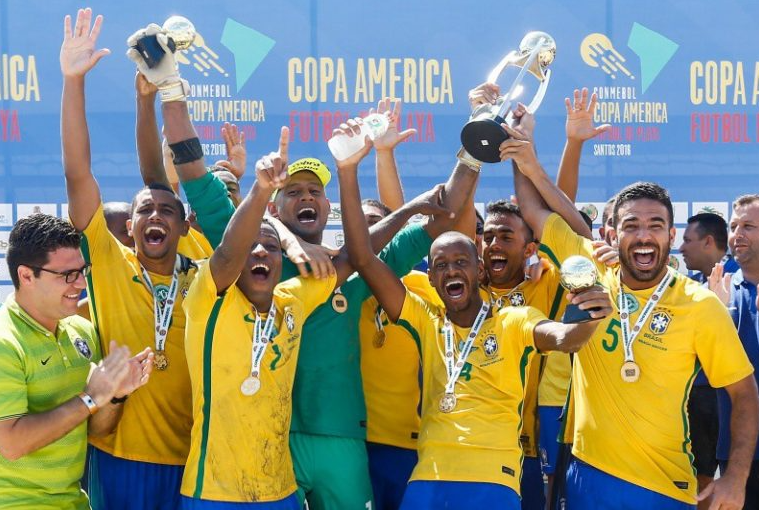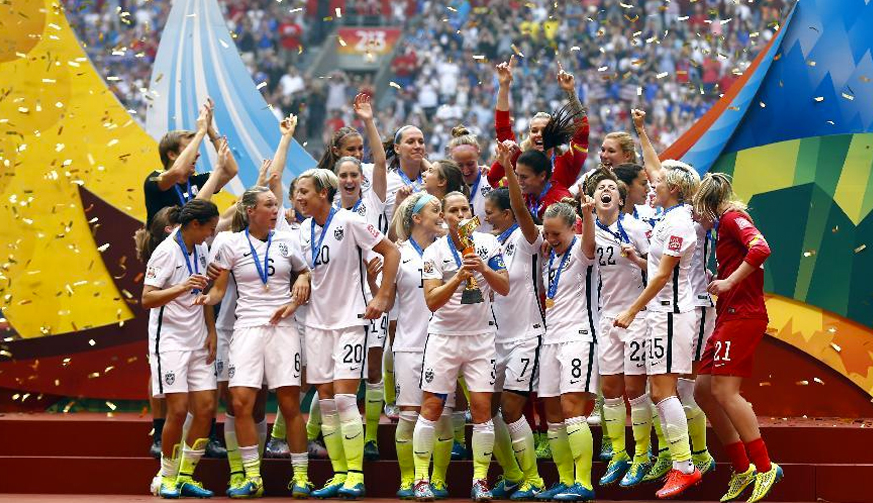Womens Championship Tournament

Womens Championship Tournament
Introduction
An official world competition was first held in 1990, followed by four more championships in the 1990s. In the years 1989 to 1996, when no World Championships were held, the European Championships and in 1995 and 1996 the Pacific Championships were held. Since the first Women's Olympic Ice Hockey Tournament in 1998, the Olympic Tournament has been held in place of the IIHF Championship. The IIHF therefore decided to hold women's championships in the Olympic years to 2014, but not at the highest level. In September 2021, it was announced that he would also play in the top division during the Olympic years.
Qualification
The women's tournament began as an eight-team tournament involving Canada, the United States, the top five from Euro 1989 and an Asian eliminator. The same formula was used in 1992, 1994 and 1997, but changed after the first women's Olympic ice hockey tournament at the 1998 Nagano Olympics. The top five teams from the Olympic tournament qualified for the 1999 World Cup, followed by the top three final Olympic qualifications. Since 1999, the Championship has been an annual tournament and the first tournaments from minor to major division have been played. With the formation of the lower leagues, a system of promotion and relegation was introduced, allowing movement between all divisions.
Championship
The tournament was an eight-team tournament divided into two groups that competed against each other in a round-robin style. The top two in each group play for gold, since 1999 the bottom two have been playing for place and relegation. In 2004, 2007, 2008 and 2009, the nine-nation tournament was contested in three round-robin groups. In this format, group winners played for gold, runners-up for one place and bronze chances, and third-place finishers played for survival. The top four seeded players played in Group A, where the top two teams were eliminated from the semi-finals, while the bottom two teams advanced to the quarter-finals to face the top two teams from Group B.
Divisions
Apart from the Premier League tournament, the participating nations play in groups of up to six teams. As of 2022, there are six tiers of groups in three divisions below the First Division. Introduced in 1999 as a Division I tournament and Division I qualifying tournament, the number of lower divisions grew rapidly as more national teams competed. In 2003, the lower tiers were formalized into groups of six teams each, called Division I, Division II, and Division III, with promotions to the first team in each and one relegation to the bottom team. By 2009 it had been promoted to Division V, but in 2012 the titles were changed to match the men's tournaments. Division I became IA, Division II became IB, Division III became IIA, Division IV became IIB and Division V became Qualifier IIB.
Rules
The rules of the game are basically the same as in men's tournaments, with one important difference: body checks are not allowed in women's tournaments. Body checking was allowed at the first championship in 1990, but was a minor penalty in all subsequent tournaments. To compete in IIHF competitions, players must be under the jurisdiction of the governing body they represent and must be citizens of that country. Also, the player must be on sick leave at 18 or 16 during the tournament season.
Awards
At most IIHF events, the tournament committee awards awards for Best Forward, Best Defender, Best Goaltender and Most Valuable Player (MVP).At the Women's World Cups, these honors have been awarded in a variety of combinations since the first tournament, with the exception of 1997 and the canceled 2003 and 2020.
History
At most IIHF events, the tournament committee awards awards for Best Forward, Best Defender, Best Goaltender and Most Valuable Player (MVP).At the Women's World Cups, these honors have been awarded in a variety of combinations since the first tournament, with the exception of 1997 and the canceled 2003 and 2020.
















.png)





